Optimal Times for Lawn Mowing
Understanding the best times to mow a lawn can significantly impact its health and appearance. Proper timing ensures grass remains healthy, prevents stress, and promotes even growth. Factors such as grass type, weather conditions, and growth rate influence the ideal mowing schedule.
Mowing in early spring encourages healthy growth after winter dormancy and prepares the lawn for the active growing season.
Regular mowing during the peak growing months maintains grass at an optimal height and prevents overgrowth.
Mowing before winter helps to prepare the lawn for dormancy and reduces thatch buildup.
Refrain from mowing during droughts, extreme heat, or after heavy rain to prevent stress and damage to the grass.

Ways to make Lawn Mowings work in tight or awkward layouts.

Popular materials for Lawn Mowings and why they hold up over time.
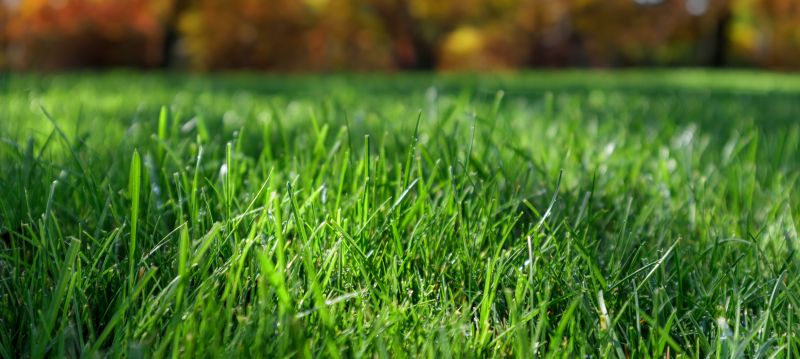
Simple add-ons that improve Lawn Mowings without blowing the budget.
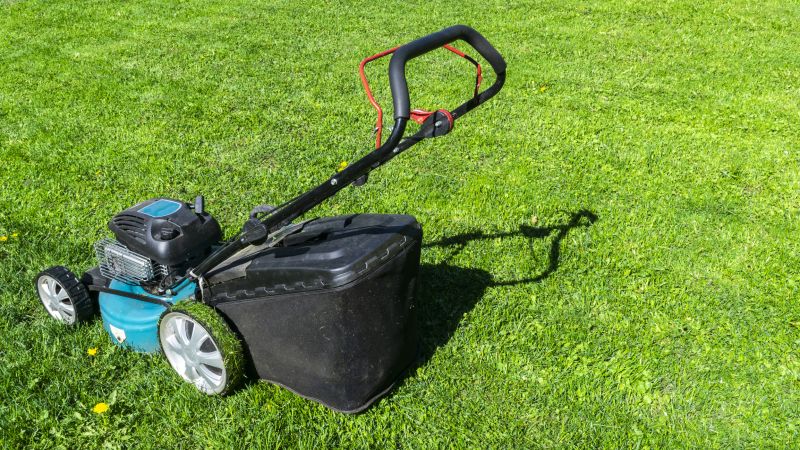
High-end options that actually feel worth it for Lawn Mowings.

Finishes and colors that play nicely with Lawn Mowings.
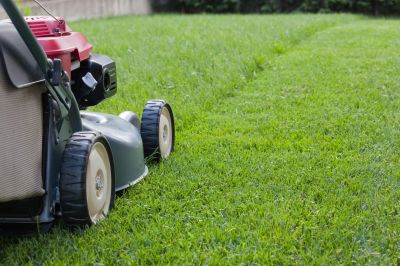
Little measurements that prevent headaches on Lawn Mowings day.
| Season | Recommended Mowing Practice |
|---|---|
| Spring | Start mowing when grass reaches 2-3 inches, maintaining at 2 inches. |
| Summer | Mow regularly to keep grass at 2-3 inches, avoiding cutting more than one-third of height. |
| Fall | Reduce mowing frequency, cut to 2-3 inches, and prepare for dormancy. |
| Winter | Mowing is generally not necessary unless in mild climates. |

A 60-second routine that keeps Lawn Mowings looking new.
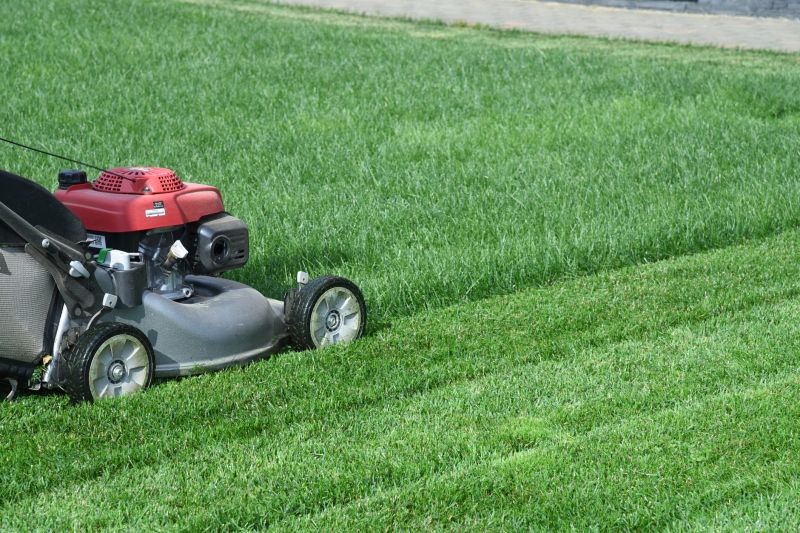
A frequent mistake in Lawn Mowings and how to dodge it.
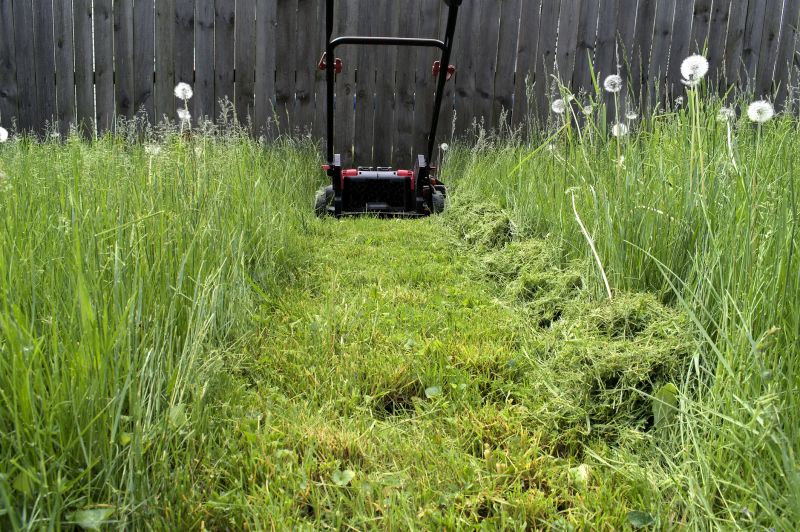
Small tweaks to make Lawn Mowings safer and easier to use.

Lower-waste or water-saving choices for Lawn Mowings.
Interested in scheduling regular lawn mowings to keep the landscape in optimal condition? Fill out the contact form to get started and ensure a well-maintained, healthy lawn throughout the seasons.
